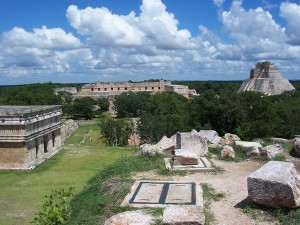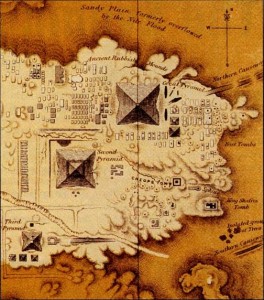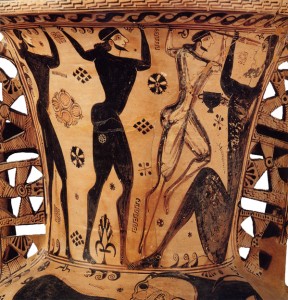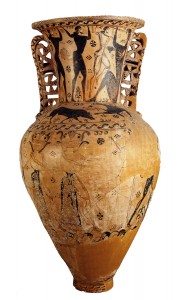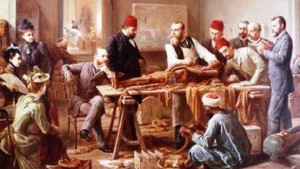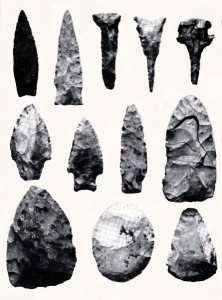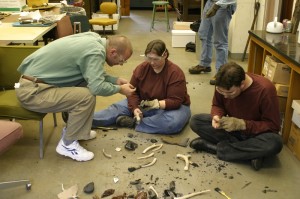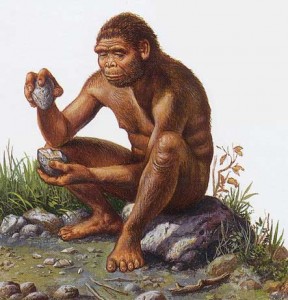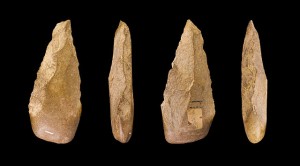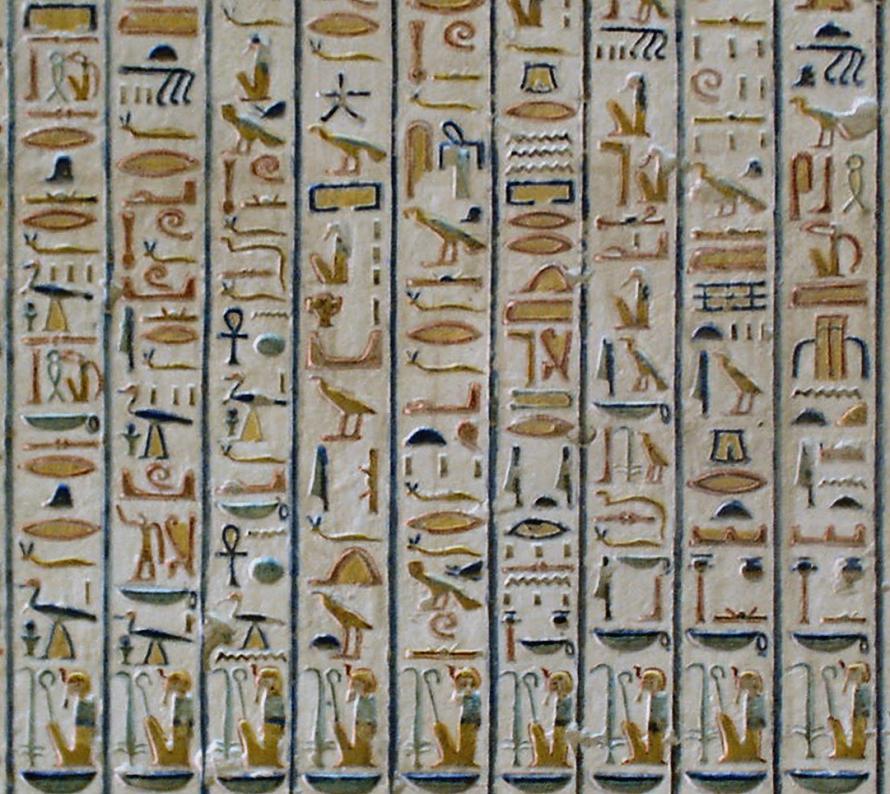What exactly is Archaeoastronomy? Is Archaeoastronomy even archaeology? According to Wendy Ashore and Robert J. Sharer, “archaeology is the study of the human past through its material remains” (Ashmore 10). On the other hand, Archaeoastronomy is the study of different astronomical approaches used throughout time and cultures (“A Brief Introduction”). By this definition, archaeoastronomy is archaeology. It uses artifacts and locations like the Great Pyramid at Giza in Egypt to study how cultures used astronomy. It also explores how the understanding of the sky and astronomy has changed throughout time and cultures.
What makes this different from just studying astronomy? Many archaeologists and scientists argue that a lot of different information is used to interpret archaeoastronomy sites, and therefore archaeoastronomy is more like a history. A large source of information may come from astronomy, mathematics, and history, but doesn’t archaeology mix different concentrations? Because there is so much varied information and interpretations, archaeoastronomers have a difficult time composing and combining all the information into one cohesive argument. Although this may make it difficult for some professions to acknowledge archaeoastronomy as archaeology, archaeoastronomers argue that archaeoastronomy is a growing field. Archaeoastronomers use the information from many different scientific fields to propose cross culture ideas. For example, each site examines the meaning of the sky and different beliefs that can be applied to all cultures through time. Archaeoastronomers use the many popular sites around the world to demonstrate this idea.
As mentioned earlier, the Great Pyramid at Giza located in Egypt is one of the greatest astronomical monuments in the world. Along with this Pyramid, the Maya Palace in Yucatan is also one of the most famous monuments in history. Both of these structures are archeological sites that have to do with astronomy. The Pyramid of Giza is suspected to be built on the north, south, east, and west grid system, each of the three great pyramids having an astronomical significance. The Mayan Palace also is theorized to give off Venus symbols, Venus, being an important part of Mayan culture.
From Egypt to the Yucatan, astronomical sites are present. Tourists from all around the world travel to visit these famous arcaeoastronomy sites. The study of astronomy has been important throughout the world for hundreds of years and even until this day. Cultures have used the sky for navigation, buildings, calendars and etc. Whether or not scientists have accurately deciphered the purpose and importance of the various sites, archaeoastronomy is a growing field that is becoming more and more widely accepted.
“A Brief Introduction to Archaeoastronomy.” A Brief Introduction to Archaeoastronomy. N.p., n.d. Web. 02 Nov. 2013.
Ashmore, Wendy, and Robert J. Sharer. Discovering Our Past: A Brief Introduction to Archaeology. N.p.: n.p., n.d. Print.
Images
http://upload.wikimedia.org/wikipedia/commons/b/bf/Uxmal01-panorama.jpg
http://www.antiquityofman.com/images/krupp/krupp2.jpg

